By Bert Jones USGTF Certified Golf Teaching Professional® Loomis, California
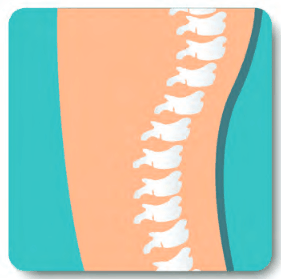 It is critical that golf instructors understand the five major body problem areas to prevent golf injuries, and be able to identify swing characteristics that can cause those injuries. The five areas that we will briefly y discuss in this article are the lower back, wrists, shoulder complex, elbow and hips.
It is critical that golf instructors understand the five major body problem areas to prevent golf injuries, and be able to identify swing characteristics that can cause those injuries. The five areas that we will briefly y discuss in this article are the lower back, wrists, shoulder complex, elbow and hips.
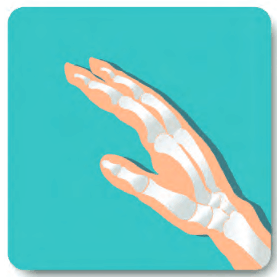
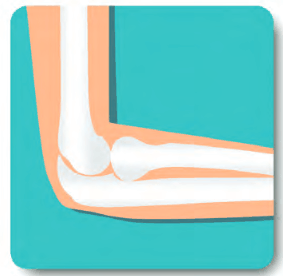
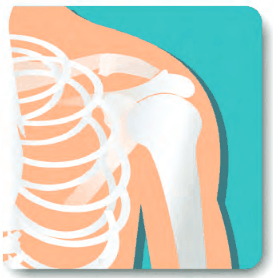
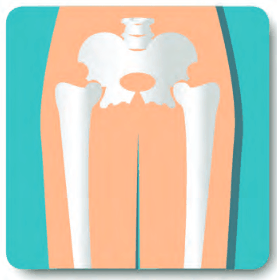
 It is critical that golf instructors understand the five major body problem areas to prevent golf injuries, and be able to identify swing characteristics that can cause those injuries. The five areas that we will briefly y discuss in this article are the lower back, wrists, shoulder complex, elbow and hips.
It is critical that golf instructors understand the five major body problem areas to prevent golf injuries, and be able to identify swing characteristics that can cause those injuries. The five areas that we will briefly y discuss in this article are the lower back, wrists, shoulder complex, elbow and hips.
Consider this: A golfer exerts a compressive force of eight times their weight on the lower back with each swing. So, if you weigh 200 pounds, you exert a compressive force of 1,600 pounds on your lower back each time you swing. Compare that to running, which is considered a high-impact sport that normally produces a compression force of three to four times the body weight. Lower back injuries account for 36% of all golf injuries. Ouch!
Posture is a critical component of the golf setup and we should be on the lookout for incorrect posture such as C and S posture. C posture occurs when the shoulders and the thoracic spine (12 vertebrae in the upper back) are slumped forward at address. Take note of the round back, thus the descriptor – C posture. It is important because it leads to poor spine rotation, which in turn limits the ability to make a good backswing. S posture is characterized by excessive arch in the player’s lower back at setup. The player is literally sticking their tailbone out to create an S curvature of the spine, which places the body out of position on the downswing and will affect the swing sequencing. S posture is caused by a combination of tight hip flexors and a tight lower back paired with weak abs and glutes, whereas C posture is caused by weak deep-neck flexors and low/mid traps paired with tight upper trapezius and pectoralis major and minor muscles. Statistically, 64.3% of amateur golfers lose their posture, and yes, the same amount early extend. Approximately two-thirds of those tested at the Titleist Performance Institute showed signs of posture breakdown: 25.3% had S Posture and 33.1% had C posture.
The wrists are a delicate part of the body that can be injured most often when a player hits a fat shot. Strengthening the wrists is critical to the golf swing to prevent loss of clubhead speed and prevent further injury. Once the wrists are injured, each and every swing will send vibrations down the shaft to the wrists, which slows the healing process. A wrist flexion and extension test can measure how much the player can fl ex their wrist downward or upward. We would like to see a flex of 60+ degrees of mobility. You can use a 6-iron (which has a lie angle of approximately 60 degrees) as tool to measure the player’s ability to fl ex the wrist. Use the angle of the iron to measure the angle of flex. Anything less than 60 degrees is a sign of boney and/or muscle mechanic problems. Common swing faults associated with this limitation are casting and over the top.
Let’s move on to the shoulder complex, where we see 75% of the injuries are to the lead shoulder. Very large ranges of motion in swing plane create an unstable joint that relies on soft tissue for stability. There are 20 muscles in the shoulder complex that deserve attention to avoid muscle imbalances. Poor flexibility leads to reverse spine angle, loss of posture, a flat shoulder plane and or early extension.
The elbow is also an area that creates problems for golfers. Causes include gripping the club too tightly, or altering the grip during the swing, which generates excessive forearm musculature forces. Swing flaws to watch for: The chicken-wing on the follow-through and early casting of the club in the downswing can cause tissue damage. It must be identified and corrected.
The last major problem area is the hips. We all know that hip rotation is essential to produce an efficient golf swing. Lack of rotation is caused by poor strength and flexibility conditioning, which can exert unnatural forces to produce a technically inefficient golf swing. Asking the hips to move with additional force to produce greater clubhead speed will stress the muscles, ligaments, tendons and joints. A seated trunk rotation test will help you identify thoracic spine, muscular and myofascial as well as cervical spine mobility restrictions.
Please Google the different tests listed in this article on YouTube for fuller explanation, and suggested exercises to enhance the golf swing.




Copyright © 2023 United States Golf Teachers Federation, All Rights Reserved
200 S. Indian River Drive, Suite #206, Fort Pierce, FL 34950
772-88-USGTF or 772-595-6490 - www.usgtf.com
200 S. Indian River Drive, Suite #206, Fort Pierce, FL 34950
772-88-USGTF or 772-595-6490 - www.usgtf.com
